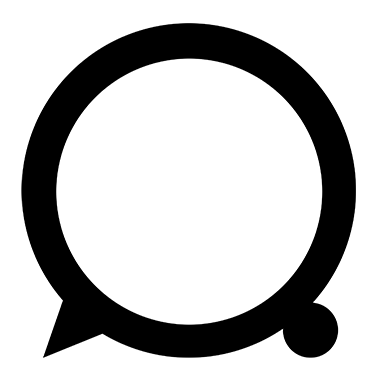V4T and Bridging Humanities organised a workshop “Connecting science, art, and audiences: towards new innovations in knowledge production” on 15 March 2018 during the opening of the Humanity Hub in the Hague, a community of innovators in peace, justice and humanitarian action.
In the workshop Sjoerd Sijsma and Kim de Vries presented the work of V4T and Bridging Humanities. They shared some interesting examples of cooperation between artists and scientists. We also explained something about the V4T academy, a new working approach developed during the festival in Dakar. The workshop ended with small-group discussions with the audience on possible collaborations, and the specific value of the V4T and Bridging Humanities approach.
In discussions with the audience it became clear that the V4T approach can be characterized as follows.
- CO-CREATION: Our focus is the equal working relationship between artists and scientists, in co-creation they can offer new knowledge that is relevant for policy and practice that work towards social change. For us, artists are not primarily seen as entertainers, but far more as creative mirrors of societies. We should learn from their background and motivations. Researchers share with artists the freedom and creativity of thinking. Working with artists can help researchers not only to share their knowledge in more creative ways but also by allowing new dimensions to be added to their work.
- INNOVATIVE SOLUTIONS: Our search to innovative solutions is as close to the end users if possible and on an open source basis, easy to learn and to share. In all our projects, knowledge transmission and built of local archives is a must. We feel that digitalisation has allowed new (non-western, non-academic) knowledge producers to enter the scene, and should therefor work towards more inclusive knowledge production processes.
Specific collaborations with organisations and people involved in the Humanity Hub may focus on the following:
- SHARE NETWORKS: We as V4T can share our, quick growing, network of artists and scientists in Europe and Africa, with others. V4T can function as a catalysator between artists, scientist and policymakers; finding more resources for co-creation of knowledge;
- ARCHIVING: V4T can stand for the preservation of knowledge in archives, that may for instance be deployed in disaster relief programmes (Red Cross and CAR international). V4T can be the link between museums and artists, scientists and policymakers, exposing co-creations made during workshops of the V4T academy, where museums can also become important actors as local archiving centres;
- OPEN SOURCE APPLICATIONS: V4T would like to participate in the building of an online open digital archive platform, where GPS locations are connected to co-creations, story’s and engaged ideas. V4T can participate in the creative, educational and the applicability part of innovative projects. Trying to use open source applications such as Ubuntu to turn, fine-art presentation for the happy few, to wide spread tools for the quick learning digital youth (butterfly works). Or joining in the development of 360 grade excursions of artists, scientists or informants, through their emotions, thought and physical living conditions. These stories can be subtitled shares on Internet and archived.
V4T was also responsible for inviting Barbara Gwanmesia and her son to the meeting, and they performed during the plenary sessions. Barbara is a Cameroonian singer, and her music is an expression of her social and humanitarian concerns. The performance of Barbara during the plenary session was noteworthy. In responding to what she learned about the Humanity Hub, Barbara expressed the wish for the Humanity Hub to be a place of HEALING.
Response by a participant to the workshop that Voice4thought hosted at the opening of the Humanity Hub in the Hague, Netherlands on 15 March:
The more we know, the more powerful we are. Information has the potential to change the world, but so often it gets lost in the academic jargon and the isolation of the academia from the day-to-day reality. The anti-war protests of the 70s would be nowhere without the graffiti art, the posters or the stickers; apart from uniting those already politically aware, they spread the message to reach new audiences. When art meets the academia, the results can be explosive (hold on tight to your books or canvases): the word becomes an image, a story of a single person becomes relatable for millions, and research leaves the sterile scientific locations to join the streets.
This is the feeling that I was left with after attending the workshop by Voice4Thought during the Grand Opening of the Humanity Hub in the Hague. Their mission is to connect different sources of knowledge through the process of co-creation, in order to present research to new audiences and in innovative ways. Their design sheds a new light on storytelling: the short documentary they showcased during the workshop was a mix of video, photography and storytelling art. The story of a single Cameroonian woman, Bernadicta Staand, appeared as both intimate and universal – the movie shows perfectly how the artist’s sensitivity can enrich the narrative and make it relatable for wide audiences. The V4T’s constant quest for enriching research translated into the Bridging Humanities project, where digital methodologies are used to create – or co-create, to be precise – academic multi media publications that are available for everyone.
The way the workshop was conducted reflected the true passion its organizers put in constant innovation: it ended with the participants brainstorming about new ways on how to combine art and academia. Working seminars and hiking in Africa? Work e-mails in a form of a comic? Apart from bringing creativity into the academia, such changes cause little positive disruptions. And it is the little positive disruptions that have the biggest reach.





